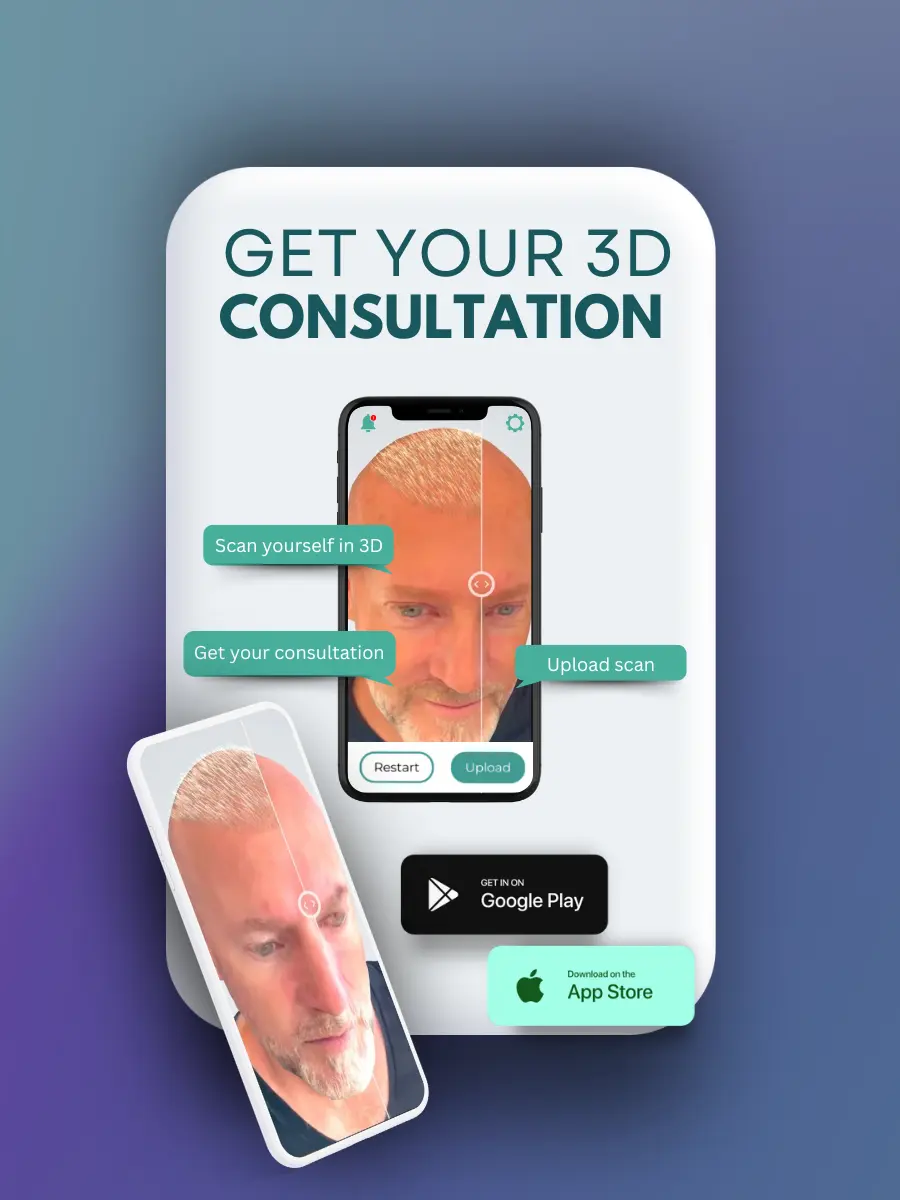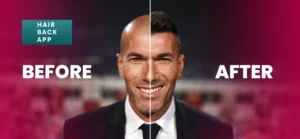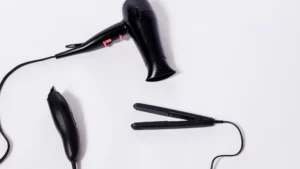Hair transplant failures can be disheartening for anyone looking to regain their confidence through a fuller head of hair. While hair transplants are generally effective, not every procedure produces the expected results.
From beard and eyebrow transplants to traditional scalp hair transplants, various factors can contribute to a failed procedure.
My name is Emma Wright, your resident hair restoration specialist. Today, we’ll be discussing in this article hair transplant failures, we’ll explore the reasons behind hair transplant failures, common pitfalls that lead to disappointment, and how to avoid such setbacks.
Common Causes of Hair Transplant Failures
When we talk about hair transplant failures, it’s important to recognize the various reasons that could lead to undesirable outcomes. These factors can range from technical errors to personal health conditions, and even unrealistic expectations.
-
Inexperienced Surgeons
One of the primary causes of hair transplant failures is choosing an inexperienced or underqualified surgeon. Hair transplant tourism is becoming increasingly popular, with individuals traveling to countries offering cheaper procedures.
While this may be cost-effective, it can sometimes lead to subpar results if the clinic doesn’t have highly skilled professionals. Surgeons lacking experience can misplace hair grafts or damage follicles during extraction, leading to poor growth or patchy results.
-
Poor Post-Operative Care
Another key reason for hair transplant failures is inadequate post-operative care. After any transplant procedure, including direct hair implantation, proper aftercare is critical. Failing to follow the doctor’s guidelines can result in infections, scarring, or loss of newly transplanted follicles. For instance, if a patient does not keep the transplanted area clean or engages in strenuous activities too soon, the grafts might not survive.
-
Unrealistic Expectations
Many hair transplant failures are tied to unrealistic expectations. While a hair transplant can significantly improve hair density, it’s not always a miracle cure. Patients expecting to achieve the same hair volume they had in their youth may end up disappointed, especially if their donor area is insufficient.
This is particularly true for individuals who have undergone procedures like beard and eyebrow transplants, where results can vary greatly depending on the density and quality of donor hair.
-
Medical Conditions
Underlying health conditions can also contribute to hair transplant failures. Autoimmune diseases, uncontrolled diabetes, or poor circulation can negatively affect healing and hair growth. Additionally, patients with alopecia or other scalp disorders may not be ideal candidates for a transplant, as their scalp may reject the grafts. A thorough medical evaluation should be done to ensure the patient is healthy enough for the procedure.
Pitfalls That Lead to Hair Transplant Failures
Several common pitfalls can affect the success of a hair transplant procedure. Understanding these can help patients prepare better and reduce the chances of failure.
-
Graft Rejection or Poor Follicle Survival
Even with the best care, there are times when the transplanted grafts fail to thrive in their new location. Poor follicle survival is a common reason for hair transplant failures, and it can happen due to trauma during the extraction process or insufficient blood supply to the transplanted area. In these cases, the grafts don’t take root, and hair growth does not occur as expected.
-
Insufficient Hair Density
One of the most common complaints after a transplant is inadequate hair density. If the surgeon does not implant enough grafts or spaces them too far apart, the final result can look thin and unnatural.
This is particularly problematic for patients undergoing hair transplants and age-related procedures, where the demand for a natural appearance is even more critical. Older individuals may need more careful planning to ensure the results blend well with their existing hair.
-
Shock Loss
Shock loss is a temporary condition that can affect surrounding natural hair after a transplant. This can cause patients to lose more hair in the short term, which may create the illusion of a failed procedure. While shock loss is usually temporary, it can contribute to the anxiety and frustration of those expecting immediate results.

How to Avoid Hair Transplant Failures
Preventing hair transplant failures requires careful planning and choosing the right professionals. Here are some steps you can take to improve your chances of success.
-
Select an Experienced Surgeon
One of the most crucial steps in avoiding hair transplant failures is selecting a well-qualified and experienced surgeon. If you’re considering going abroad for hair transplant tourism, do thorough research on the clinic and the surgeon’s credentials. Always look for a surgeon who specializes in hair restoration and has a proven track record of successful procedures. Viewing before-and-after photos and reading patient reviews can also help you make an informed decision.
-
Understand the Procedure
Different hair transplant techniques, such as direct hair implantation, can yield different results. Be sure to understand the process that will be used for your procedure. Direct hair implantation involves the immediate transfer of hair follicles to the recipient area, which can reduce the risk of damage to the grafts. Knowing what to expect can help you prepare for the recovery period and manage your expectations realistically.
-
Follow Post-Surgical Care Instructions
Proper post-surgical care is critical to the success of your hair transplant. Neglecting aftercare instructions can lead to infections, scarring, and loss of grafts, all of which contribute to hair transplant failures. Be diligent in following the aftercare plan provided by your surgeon, including washing, medication, and avoiding physical activity.
-
Manage Health Conditions
If you have any pre-existing medical conditions, such as autoimmune diseases or diabetes, work with your healthcare provider to manage them before undergoing a transplant. This can significantly improve the chances of success and reduce the risk of complications during healing. Patients with well-controlled conditions are less likely to experience hair transplant failures.
-
Set Realistic Expectations
Finally, it’s essential to set realistic expectations for the outcome of your procedure. Speak openly with your surgeon about what can and cannot be achieved, particularly if you are older or have extensive hair loss. Understanding the limitations of the procedure will prevent disappointment and help you appreciate the results you achieve, rather than seeing them as a failure.
What to Do If Your Hair Transplant Fails
In some cases, despite all precautions, hair transplant failures can still occur. If your transplant doesn’t produce the results you expected, here are a few options:
- Consult with Your Surgeon: If your results are less than satisfactory, the first step is to consult with your surgeon. They can assess the situation and recommend solutions such as a revision surgery or other treatments.
- Consider Alternative Therapies: Platelet-rich plasma (PRP) therapy can sometimes be used to stimulate hair growth in the transplanted area. Additionally, medications like minoxidil or finasteride might help improve hair density.
- Explore Non-Surgical Options: If a surgical solution isn’t ideal, non-surgical options such as scalp micropigmentation or wigs can provide a natural-looking alternative.
Conclusion
Hair transplant failures can happen for a variety of reasons, but by understanding the risks and taking steps to avoid common pitfalls, you can increase the chances of a successful outcome. If you’re considering a hair transplant, make sure to do your research, choose the right surgeon, and follow through with proper care to avoid the frustration of hair transplant failures.














